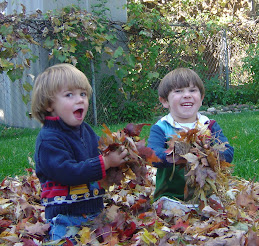Thinking ahead to Wednesday's reading (when you bring into class poems you like), I decided to post some links to digital poetry archives. While you are free to bring in any poems you like (such as from books you own/have checked out of the library or other poems in Norton), you might find these digital archives helpful resources. I encourage you to explore, dig around, and enjoy! Just remember to bring in hard copies of the 2 poems that are your "favorite" and be ready to discuss these poems with the class on Wednesday.
Academy of American Poets, Poetry Archives, Bartleby.com
And, as for my response to Monday's poems...
Why roses? What is their symbolic significance? This is the second time this semester we have come across "the rose" as a symbol, and it makes me wonder, "Why do artists gravitate to this particular flower?" I know we talked earlier in the semester about how the rose is symbol of love and passion; it can also symbolize death. But doesn't it strike anyone else as just a bit odd that writers ALWAYS seem to reference the rose. I mean, have you ever read a poem about a tulip? A water lily? A carnation? Personally, I think tulips are my favorite flower. They are not showy, they are hearty, and they come in just about every color imaginable. They are easy to grow; you just plant the bulbs in the fall and voila - come spring you have beautiful flowers sprouting up all over.
I decided to do a little research on tulips and discovered they once were so popular (in the 17th century in the Netherlands) that "early enthusiasm for the new flowers triggered a speculative frenzy now known as the tulip mania and tulip bulbs were then considered a form of currency" (according to Wikipedia). Crazy, huh? That tulips might be more valuable than money.
So, tulips, here is my tribute to you:
Red Tulips
Just this week, the tulips
lining our front walk
returned. Each day
green stalks threaten
to bend and only one blooms
explosive petals, solid red,
defying the photo once
stapled to the bag of bulbs:
pale yellow and white blossoms
streaked in purple deep
enough to be veins.
Flames, the greenhouse owner
called them, their pattern
first caused by a virus carried
by peach potato aphids. This
made for flowers beautiful
and lethal –Holland’s Tulipmania,
the stock market crash of 1636 – entire
homes or heads of oxen sold for a single
bulb, when weeks later, each plant,
sick and dying, would be worth
almost nothing.
Subscribe to:
Post Comments (Atom)

No comments:
Post a Comment